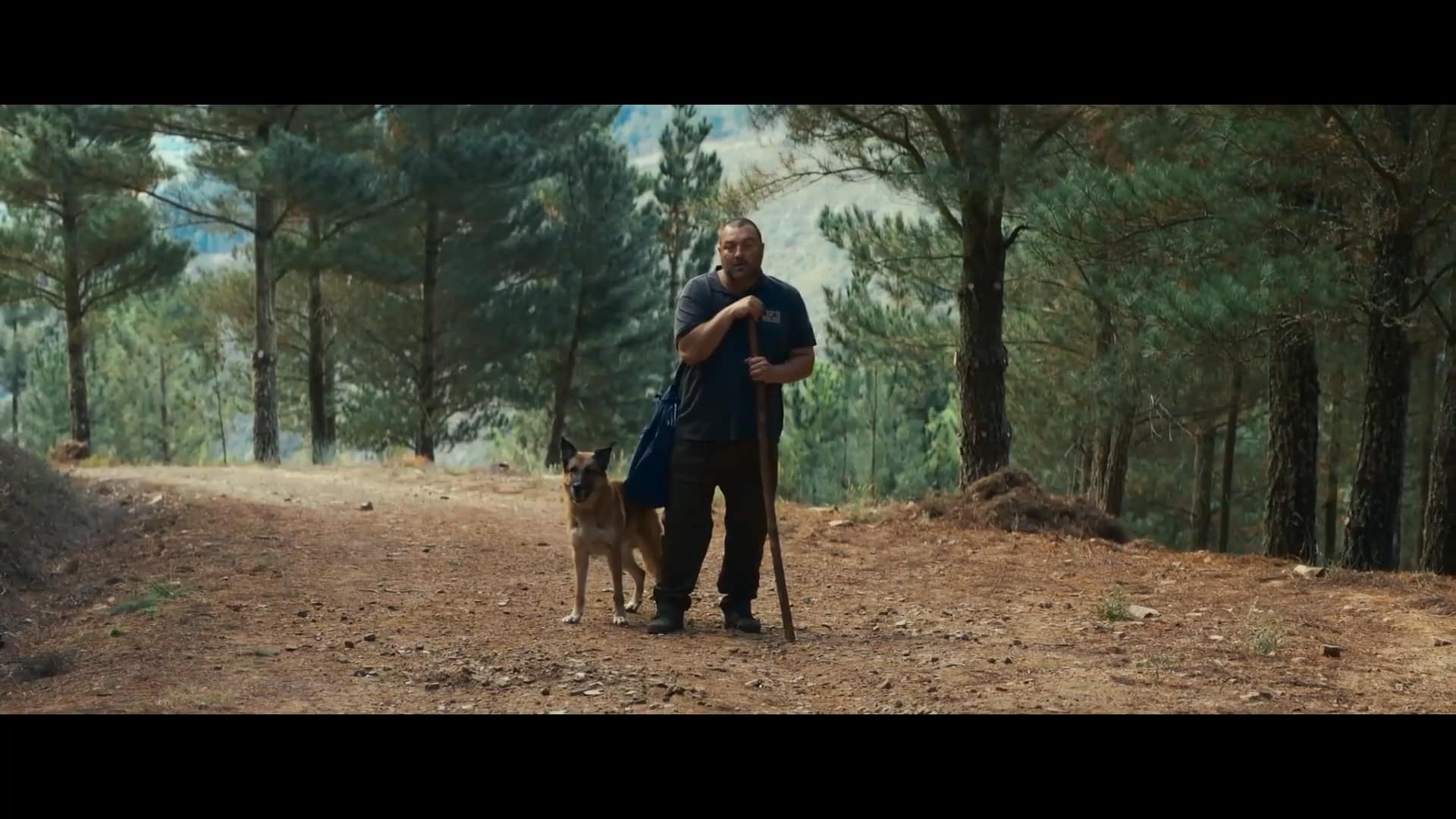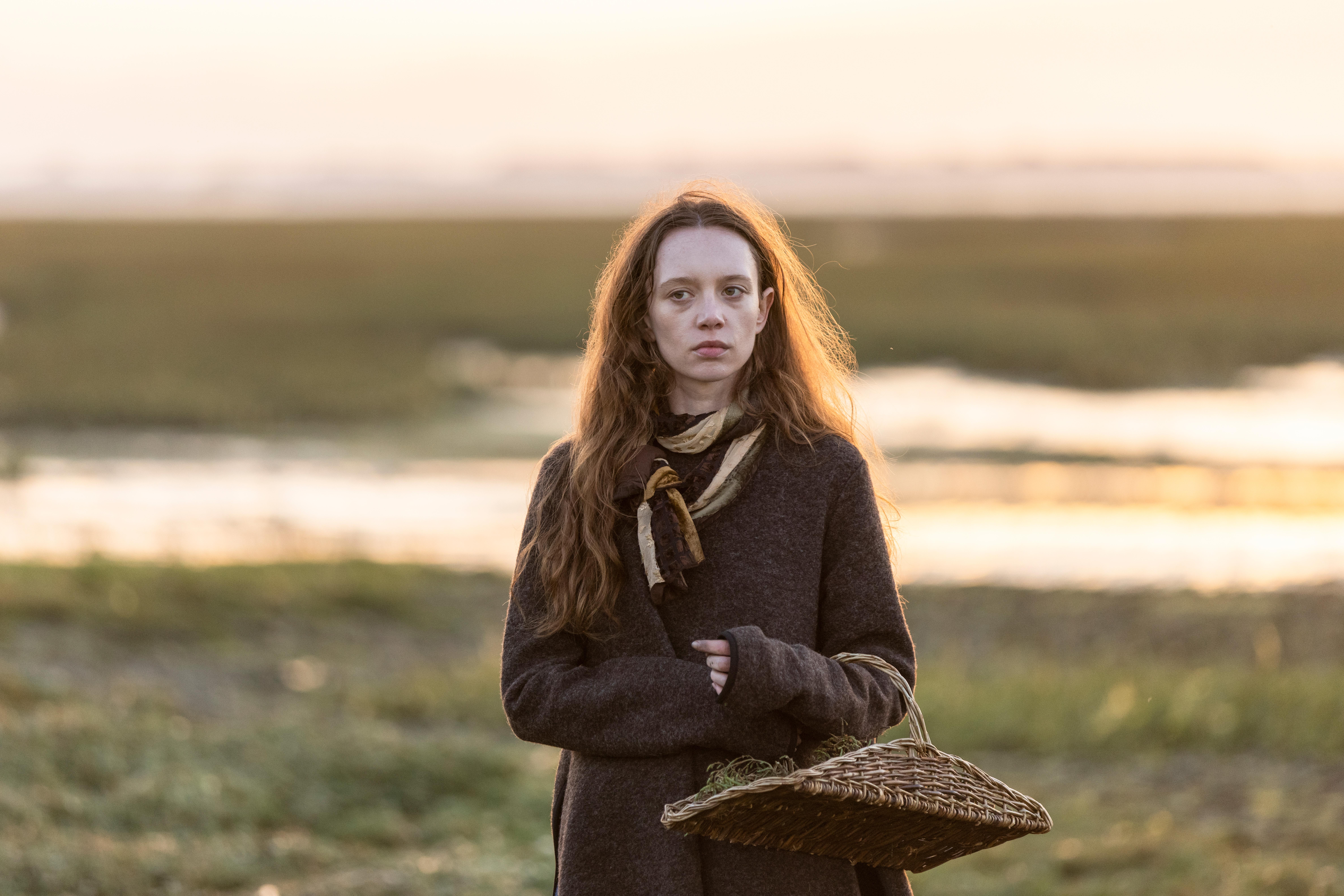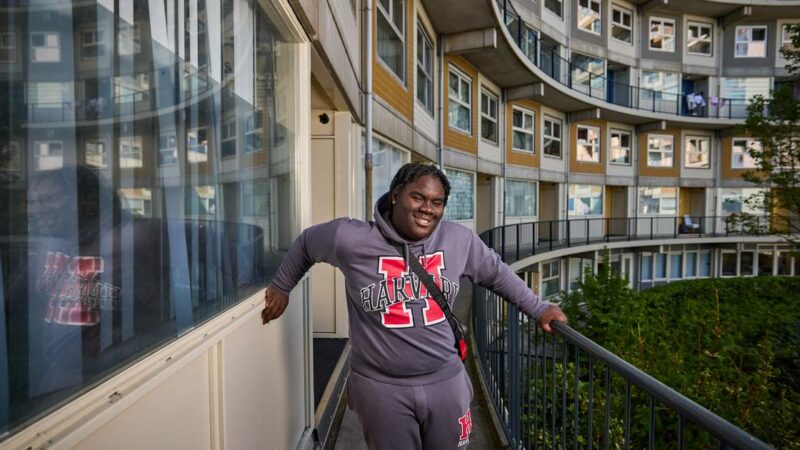Curzon
Remember when the pandemic caused a mass stampede to the countryside? Well, the statistics are in and have shown nature’s healing power has already begun to wane as those brave explorers are slowly drawn back to the cities. What is to blame for this reversed migration? A great example is Rodrigo Sorogoyen’s The Beasts, a churning tale of neighbourly hostility in the Pyrenees.
I grew up in la campagne. Admittedly not the dramatic mountains and cultural crossroads of the film’s French/Spanish setting. But still the isolated rolling hills of deepest darkest Devon. Despite Sorogoyen’s keen eye for capturing the inherent prettiness, it is an exploration of the darker side of rural life. The ugly, animal faeces covered reality of working communities, cut off by literal walls of rock, grasping for any opportunity, untrusting of outsiders.
Denis Ménochet and Marina Foïs are the out-of-towners to shake your pitchfork at, Antoine and Olga. Moving for peace, their idealism clashes, or to be more specific unintentionally riles up the local rough family (every village has one). This clan is led with venom and small-town menace by Luis Zahera as Xan, a monstrous meal of a performance.
All the actors exude a subtle believability. The changing seasons whirl around them, shades of autumnal oranges or spring’s explosion of colour. Yet much of the action occurs in nighttime lanes or the harsh strip light of the cattle market. Ménochet and Foïs pull you into their characters’ lives inch by inch. Longing for self-sufficiency, yet not understanding the community around them. They blunder into the hot-topic issue of wind farms potentially being built on their land (enriching the impoverished village) and make powerful enemies in the local claustrophobic bar.
However, to summarise this film as a simple moan about them down at number 67 (or even in the later part revenge) doesn’t do it justice. It is a discussion of gentrification or at least differing views of what land is for, and who it belongs to. The cultural clash between the “Frenchys” (our couple) and the Spanish locals balloons out into wider discussions of education, socioeconomics, and opportunity.
Fireworks are avoided, with much of the most incendiary action only glimpsed. Alejandro de Pablo’s cinematography swings the camera over to dripping autumn leaves, or the stunning vistas. Isabel Peña and Rodrigo Sorogoyen’s screenplay avoids overly flowery language or reliance on metaphor, keeping things grounded in the reality of people trying to coexist and failing. Antoine’s desperate attempts to film his tormentors on a handheld video camera and the police’s lack of interest are a particularly realistic thread. Although the crescendo comes in the second half of the film. Here Olga and her daughter Marie (played with fiery flashes by Marie Colomb) argue over where her life is going and why Olga stays in the village after everything she has been through. This explosive discussion underlines the points of community, connection, and belonging poignantly.
The film is marred in the mud and mess of living off the land and questions the fetishized idea of the countryside by us city folk. Although flashes of bucolic serenity repeatedly blind us, by the end even these have an unsettling effect. The ragged hills black blades, the trees leaning threateningly in, the crops poisoned and rotting. This unflinching gaze at the drawbacks of isolation is a stark warning. Put down that brochure for second homes, and delete Zoopla. Farming and all its realities have never been for the faint-hearted, a hard life indeed, and I for one have never valued our concrete little termite mound more.



